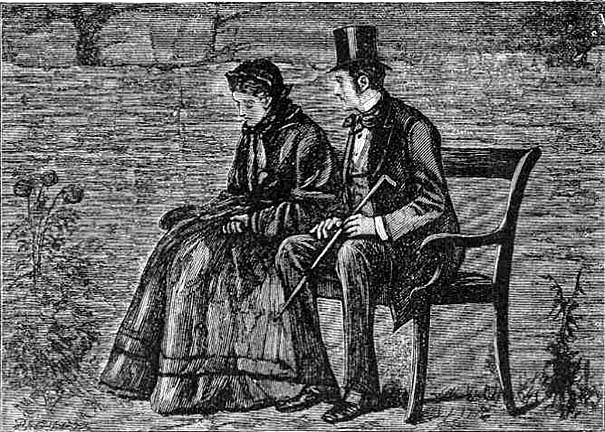Over the last few months I spearheaded a special grant award process for my service club, the Kiwanis Club of Columbus. Wow, what an interesting perspective I’ve gained from sitting on this side of the fence! It’s given me a lot of food for thought and I’d like to share some of it with you.
They Like Me, They Really Like Me!
This process taught me that reading the description of a grant is like reading a job description. As we read, we think, “I can do that!” or “That’s me!” Although I tried to be as careful as I could when I wrote the grant description, we still had a lot of organizations read into the description. For example, we said “high impact programs for children” and they gave us staff costs for a program for 200 teens. Did the grant description specifically prohibit this type of ask? No, but it’s not exactly what we meant either.
It’s All in the Eye of the Beholder
The other thing that surprised me was how subjective our committee had to be when we were reviewing the grants. We had 83 applicants, totaling $3.2 million in requests yet only have $100,000 to give. Just like Eugene Scanlon describes in his article “Never Board” in the Fall issue of AFP's Advancing Philanthropy, each of us brought our own biases and outside or inside information to bear on our decisions. A lot of great organizations were cut simply because the decisions were being made by a committee of human beings.
Beat ‘em up, Beam ‘em up, Rah, Rah, Rah!
It really broke my heart to cut some organizations for the simple reason of too much competition. I started to see what it was like for all those funders out there that must whittle down a large applicant pool to a few semi-finalists. We had two arts organizations that asked for almost identical funding; we chose the one that served more kids. We had two organizations ask for a van for almost the same purposes; we chose the one that served more kids and that sent us a spiffy picture of what the van would look like with our logo on it.
Creativity Counts
Finally, our club was looking for two things that a lot of funders don’t care about: marketing and volunteer opportunities. We want to get the most for our money and that means the most community exposure. The organizations that gave the pat answer of: “mentioned in our newsletter, listed in our annual report, etc.” didn’t make the cut. The ones that said, “you can’t volunteer for this program” were cut, too. Those that stood out did so because they were really creative with their marketing and volunteer ideas and this caught our attention.
Bottom line? Remember when you're applying for grants, you’re dealing with humans. Ask as many questions as they will let you; don’t read into the application but complete the application with the strongest, most creative and most competitive answers you possibly can. Then take the feedback if it’s offered. We offered feedback to all the organizations that didn’t make it to the second round and only about half took us up on it. We can do better, people!



